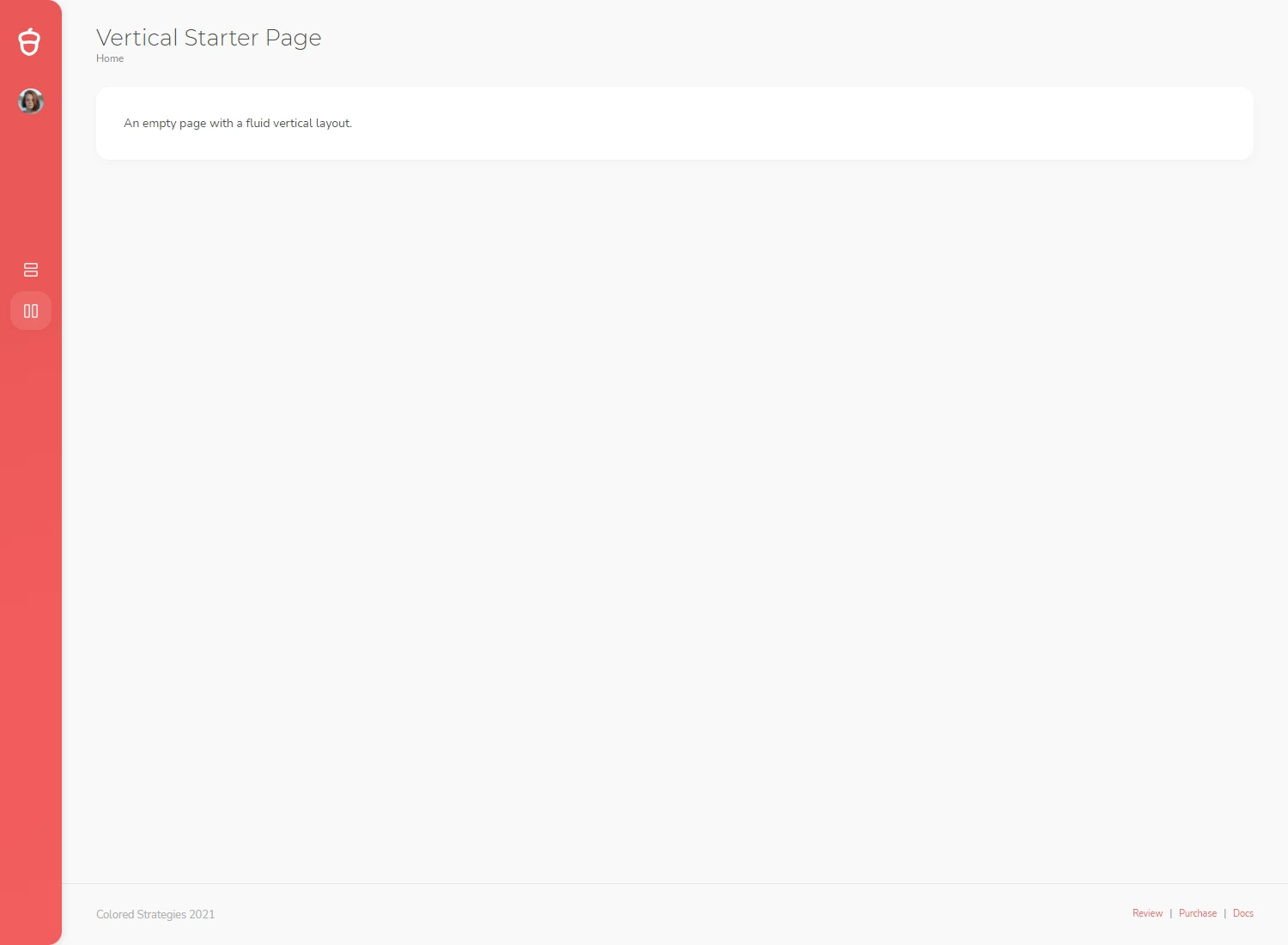Why This Idea Exists: A Planet Getting Hotter
The global climate crisis continues to intensify. Despite international agreements like the Paris Agreement, global carbon emissions continue to rise. As of 2024, the world is heading towards a temperature rise of over 2.5°C above pre-industrial levels, far above the 1.5°C limit scientists say is relatively safer. Countries have tried to shift from fossil fuels to renewable energy, but geopolitical crises, wars, inflation, and poverty have slowed progress.
To keep global temperatures under control, some scientists are now turning to “solar geoengineering” — technologies that reflect sunlight back into space. Stratospheric aerosol injection (SAI) is one such approach that has gained attention.
What Is Stratospheric Aerosol Injection (SAI)?
SAI involves spraying tiny aerosol particles, usually sulphur dioxide, into the stratosphere — a stable layer of the atmosphere located roughly 10 to 20 km above Earth’s surface. These particles form a thin reflective layer that bounces some sunlight away, cooling the Earth’s surface.
The method is inspired by nature: major volcanic eruptions, like Mount Pinatubo in 1991, cooled the planet by about 0.5°C for nearly two years by releasing massive amounts of sulphur dioxide into the stratosphere.
The New Study: A Practical Route Using Current Aircraft
A recent study published in Earth’s Future, led by Alistair Duffey from University College London, explores how we might carry out SAI sooner and more affordably — by using existing aircraft at lower altitudes, especially over polar regions.
Key findings include:
-
Spraying 12 million tonnes of sulphur dioxide at 13 km altitude during spring and summer in each hemisphere could reduce Earth’s temperature by 0.6°C.
-
Cooling by 1°C would require around 21 million tonnes, unless higher altitudes are used.
-
Existing aircraft, like the Boeing 777F, could be modified with special pressurised tanks to perform these injections — avoiding the need for new, high-altitude aircraft that are expensive and take years to develop.
This makes low-altitude SAI more feasible in the short term, especially in polar or extratropical regions, where the stratosphere is lower and existing jets can reach it.
Risks and Concerns: Is This a Pandora’s Box?
Despite its promise, SAI is highly controversial. Experts warn of serious scientific, political, and ethical risks:
-
Global Side Effects: Aerosols would spread globally, affecting all countries, not just the one injecting them. Some regions may cool too much, others not enough. Rainfall patterns could shift, disrupting agriculture.
-
Ozone Damage: Sulphur aerosols can delay the recovery of the ozone layer, exposing life to harmful ultraviolet radiation.
-
Acid Rain: Aerosols may eventually fall back to Earth as acid rain, harming ecosystems and human health.
-
Masking the Problem: Artificial cooling may hide the real impact of climate change, reducing pressure on countries to cut actual carbon emissions — leading to a dangerous dependence on a “band-aid” solution.
-
No Exit Plan: If SAI is suddenly stopped, the planet could rebound quickly into severe warming, causing a “termination shock” — a sudden and catastrophic rise in temperatures.
-
Governance Dilemma: Who gets to decide when and how to cool the planet? As a 2022 international declaration warned, solar geoengineering like SAI is “ungovernable in a fair and democratic way.”
What Global Institutions Say
-
The U.S. National Academies of Sciences (2021) recommended research into solar geoengineering, but with strong transparency, ethics, and international cooperation.
-
The United Nations Environment Programme (UNEP) and World Meteorological Organization (WMO) have both urged caution, emphasizing that such technologies do not replace emissions cuts.
-
In 2022, over 400 scholars signed a declaration calling for a global moratorium on solar geoengineering.
India’s Perspective
India has not officially endorsed solar geoengineering technologies like SAI but remains an active participant in climate diplomacy under the Paris Agreement. Given India’s large agricultural sector and monsoon-dependent economy, changes in rainfall patterns caused by SAI could have devastating impacts. Indian scientists have also called for equity-based climate solutions, cautioning against quick technological fixes driven by the Global North.
So, What’s Next?
The latest study may make SAI more practical and less expensive, but it also makes the conversation more urgent. Should the world pursue a technology that could cool the planet — but at unpredictable global costs?
Experts say SAI might become a “last-resort” tool, a kind of planetary air conditioner to be used only in emergencies. Until then, the world must focus on cutting fossil fuel use, transitioning to renewable energy, and building climate resilience.






